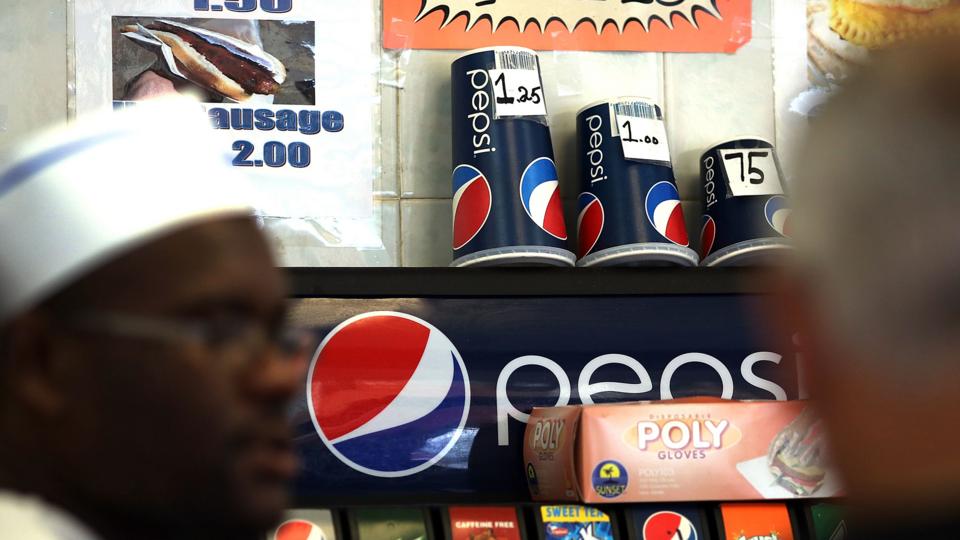Like many of the now infamous cognitive biases that plague our thinking, the decoy effect was first documented in the 1980s, and the best way to understand these experiments is to consider an example.
Imagine you are choosing flights from the following options.
Flight A costs $400 with a stopover of 60 minutes.
Flight B costs $330 with a stopover of 150 minutes.
Flight C costs $435 with a stopover of 60 minutes.
In this case, the researchers found that most people would choose Flight A, since it is cheaper than Flight C, but with a shorter waiting time – even though it is considerably more expensive than B.
Now look at a different set of flights:
Flight A costs $400 with a stopover of 60 minutes.
Flight B costs $330 with a stopover of 150 minutes.
Flight C costs $330 with a stopover of 195 minutes.
In this scenario, most people’s preference is now Flight B.
Logically speaking, that makes no sense: B should be no more attractive now than in the first example because the waiting time and price are still exactly the same. But the change in Flight C – to have an even longer stopover – has altered the way the participants perceived the other possibilities, so that now they preferred to suffer a longer waiting time for a cheaper price.
In each case, Flight C – “the decoy” – was designed to appear similar to, but slightly less attractive than one of the other options (the “target”). And that comparison boosts the target’s perceived desirability. Experiments examining choices such as these have found the use of a well-designed decoy such as this can shift opinion between the other two options by as much as 40% – showing just how easily our decisions can be swayed by the way they are framed.
Crucially, as the first scenario shows, this placement of a dud option can even mean that the consumer is willing to pay more money – making the decoy effect of very keen interest to marketers.
Psychologists still debate the exact reasons for this particular effect, but one idea is that the comparison with the decoy offers us an easy justification for an otherwise arbitrary decision. If you were to compare just A and B, it’s hard to know exactly how to appraise the trade-offs between cost and waiting time – how much money is 90 minutes’ extra wait really worth? But if one option is obviously better than the decoy – Flight C – on one of those measures, you have a ready-made reason to explain your preference.
These patterns of behaviour have been observed for many different kinds of goods – from beer to TVs, cars and houses: an unattractive third option changes people’s preferences between the two other possibilities.
In his book, Predictably Rational, Dan Ariely described how The Economist uses a decoy effect to encourage readers to opt for a more expensive subscription to its magazine. In this case, the publishers offered a digital subscription for just $59, a print subscription for $125 and a third option of a combined print and online subscription for the same price – $125. The print-only choice here is clearly a decoy, since it offers less than the print and online package for the same price, but Ariely found that its mere presence substantially increased uptake of the combined subscription (rather than the digital only). Indeed, when only two options were available, readers were 52% more likely to go for the much cheaper online-only option, compared to a choice involving a third decoy.
The decoy effect may also be rife in sales of high-end goods. A recent paper from the University of British Columbia has documented the influence of the decoy effect on the diamond market, finding that the presence of slightly inferior, but equally expensive products can contribute more than 20% of the retailers’ profits.
 info@businessghana.com
info@businessghana.com

















